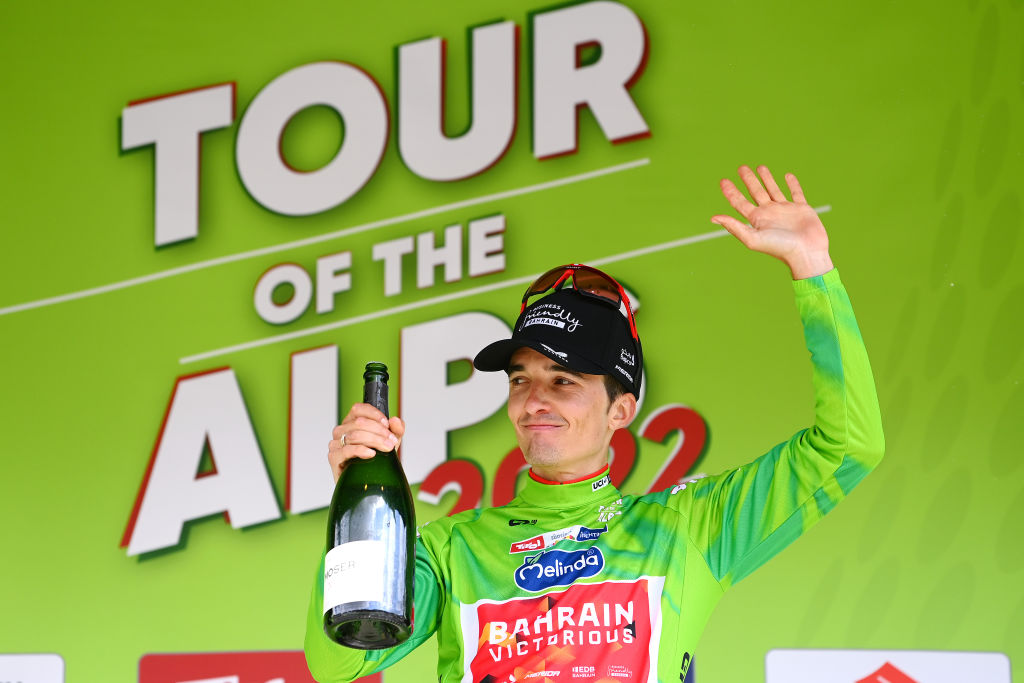The 2023 Tour of the Alps will again follow a mountainous route between Austria and northern Italy, with 15,000 metres of climbing in just 752.6km and five days of racing.
The late-April race seems a perfect way to prepare for the Giro d’Italia, with at least a dozen WorldTour teams set to fill the start list. If Remco Evenepoel decides to target the Giro d’Italia, he will perhaps head to the Tour of the Alps for a final race and reconnaissance of the Italian roads.
The 2023 Tour of the Alps will be held between Monday, April 17 and Friday, April 21, allowing riders to hotfoot it to Belgium for Sunday’s Liege-Bastogne-Liege.
The 46th edition of the race was presented in Milan on Friday, with the organisers revealing the five stages. The 2023 edition starts in Alpbachtal, in the Austrian Tirol, and then heads south via two mountain finishes to finish in Brunico after visiting Renon, Vallagarina and the Val di Fiemme.
Stages are relatively short but with lots of climbing and spectacular mountain roads to inspire aggressive racing. All five stages include at least 2,500 metres of climbing, with stage 4 touching 3,610 metres in just 152km of racing.
“We think that’s the secret of our success,” race director Maurizio Evangelista explained.
“Cycling and the riders have changed in the last few years, they’re more willing to attack and risk everything to win, so the racing is more spectacular. We’ve changed our race to suit their more aggressive style of racing.”
Romain Bardet (Team DSM) snatched overall victory from Pello Bilbao (Bahrain Victorious) in the 2022 Tour of the Alps, after an epic final mountain stage around Lienz in the rain, won by an emotional Thibaut Pinot (Groupama-FDJ) as he returned to his best form after three years without a win.
In 2023, the opening 127.5km stage from Rattenberg to Alpbach offers the riders a chance to prepare for the climbing to come, with an uphill finish coming after short but steep climbs to Brandenberg and Kerschbaumer Sattel.
The route heads south on Tuesday with stage 2 starting in Renon, crossing the Passo Brennero and then tackling back-to-back ascents of Barbiano and Monte di Mezzo in the final kilometres of the 165.2km stage.
Stage 3 goes from Renon to Brentonico-San Valentino in the Italian Trentino region. It finishes atop the Passo San Valentino climb )15.5km at 7.5%) and so will reveal the true overall contenders.
Stage 4 remains in Trentino as the route heads back north, with a…
Click Here to Read the Full Original Article at CyclingNews RSS Feed…

